2D animation and 3D animation are two distinct forms of animation with different techniques and characteristics. Here’s an overview of each:
2D Animation:
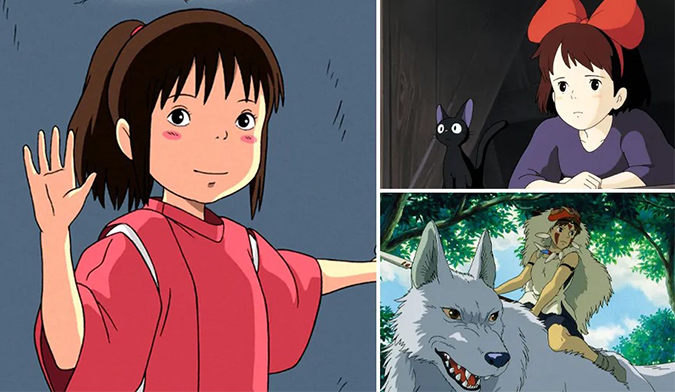
2D animation refers to the creation of movement in a two-dimensional artistic space. It involves creating a series of drawings or images and sequencing them to create the illusion of motion. Traditional 2D animation often involves hand-drawn or digitally created frames that are then combined to form an animated sequence.
Techniques in 2D animation include:
- Traditional hand-drawn animation: Each frame is drawn by hand on paper or digitally using software.
- Digital 2D animation: Frames are created directly on a computer using software such as Adobe Animate, Toon Boom Harmony, or TVPaint.
- Cutout animation: Characters and objects are created from separate pieces or layers and moved around to create animation. Software like Adobe After Effects or Toon Boom Harmony offers tools for cutout animation.
- Motion graphics: Animation used for titles, logos, and other graphic elements. Adobe After Effects and other similar software are commonly used for motion graphics.
Examples of 2D animation include classic Disney films like “Snow White and the Seven Dwarfs” and modern animated TV shows like “The Simpsons” or “Adventure Time.”
- ➢The Growing Demand for Skilled 2D Animators in Various Industries
- Entertainment Industry: 2D animation plays a vital role in the entertainment industry. It is used to create cartoons, animated TV shows, films, and web series. Companies like Disney, Pixar, and DreamWorks Animation have made extensive use of 2D animation to produce iconic and beloved animated films.
- Advertising and Marketing: 2D animation is employed in advertising campaigns to create visually engaging and memorable advertisements, explainer videos, and product demonstrations.
- Gaming Industry: Although 3D animation has become prevalent in the gaming industry, 2D animation still has its place. Many indie games and mobile games use 2D animation for character design, cutscenes, and in-game animations. Additionally, retro-style games often rely on 2D animation for a nostalgic feel.
- Motion Graphics and Visual Effects: 2D animation is integrated with motion graphics and visual effects in the film and television industry. It is used to create titles, transitions, special effects, and other elements that enhance the visual impact of a production.
- Education and E-Learning: Educational institutions and e-learning platforms use 2D animation to make learning more interactive and enjoyable. Animated videos can simplify difficult topics, illustrate scientific concepts, and engage students of all ages. It also allows for the creation of animated tutorials and instructional materials.
- Web and Mobile Applications: 2D animation is used in the development of web and mobile applications to enhance user experience and create engaging interfaces. Animations can make interactions more intuitive, provide visual feedback, and add aesthetic appeal to the overall design.
- Corporate Presentations: 2D animation is employed in corporate presentations, training modules, and business pitches. Animated infographics, charts, and diagrams help convey information effectively and keep the audience interested.
- Social Media Content: 2D animation is popular on social media platforms, where short and engaging animated videos are used to communicate messages, entertain, and drive engagement.
- Animated GIFs and Memes: 2D animation is used to create animated GIFs and memes, which are widely shared on social media and used for humor, expression, and cultural references.
- ➢“From Concept to Reality: Explore the Depth and Detail of 3D Animation”
3D Animation:

3D animation involves creating animated scenes or characters in a three-dimensional digital environment. It uses computer-generated graphics to simulate realistic movement and interactions. 3D animation is widely used in films, video games, virtual reality, and other forms of media.
Techniques in 3D animation include:
- Modeling:Creating 3D models of characters, objects, and environments using specialized software like Autodesk Maya, 3ds Max, or Blender.
- Rigging: Adding a digital skeleton or structure to the 3D models to control their movement and deformation.
- Texturing: Applying surface materials and textures to the 3D models to give them a realistic appearance.
- Animation: Creating movement and performance by manipulating the 3D models through keyframes, inverse kinematics, or motion capture.
- Rendering: Generating the final animated frames with lighting, shading, and other visual effects using powerful rendering software.
Examples of 3D animation can be seen in movies like “Toy Story,” “Avatar,” or “Frozen,” as well as in video games with realistic characters and environments.
Both 2D and 3D animation have their own unique advantages and applications, and the choice between them depends on the specific project requirements, artistic style, and desired outcome.
- ➢Exploring the Limitless Potential of 3D Animation in Today’s Digital Age
Here are the scope and applications of 3D animation :
- Film and Entertainment: 3D animation is extensively used in the creation of animated films, visual effects, and computer-generated imagery (CGI) in live-action movies. It allows for realistic character animation, lifelike environments, and fantastical creatures.
- Gaming Industry: 3D animation plays a significant role in the development of video games. It enables the creation of immersive and interactive game worlds, realistic character models, fluid movements, and dynamic visual effects.
- Advertising and Marketing: 3D animation is utilized in advertising campaigns to create visually stunning and attention
- grabbing commercials. It allows for the creation of realistic product renderings, animated logos, and engaging visual narratives.
- Architectural Visualization: 3D animation is used in architectural visualization to showcase building designs and concepts. It enables the creation of realistic virtual walkthroughs, interior and exterior renderings, and animated presentations for architectural projects.
- Medical and Scientific Visualization: 3D animation is employed in the medical and scientific fields to visualize complex biological processes, medical procedures, and scientific concepts. It helps in creating educational materials, interactive simulations, and accurate representations of anatomical structures.
- Virtual Reality (VR) and Augmented Reality (AR): 3D animation is a crucial component of VR and AR experiences. It allows for the creation of immersive virtual environments, interactive 3D models, and realistic simulations in these emerging technologies.
- Product Design and Manufacturing: 3D animation is used in product design and manufacturing industries for prototyping, product visualization, and assembly instructions. It enables designers to create virtual models, simulate product functionality, and present concepts to stakeholders.
- Simulations and Training: 3D animation is utilized in simulations and training programs for various industries. It helps simulate real-world scenarios, train individuals in high-risk occupations, and improve operational procedures.
- Motion Graphics and Visual Effects: 3D animation is integrated with motion graphics and visual effects to create stunning visuals for films, commercials, and multimedia projects. It enables the creation of dynamic motion graphics, particle effects, and complex visual compositions.
- Education and E-Learning: 3D animation is employed in educational institutions and e-learning platforms to make learning more interactive and engaging. It allows for the creation of virtual labs, interactive simulations, and educational videos that simplify complex subjects.
Embrace the Thriving World of 2D and 3D Animation
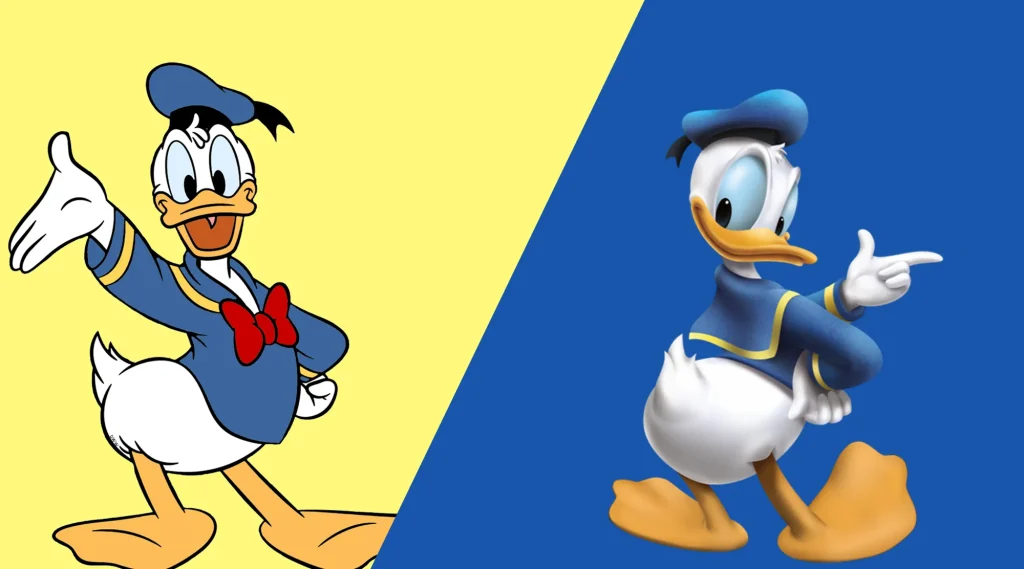
Rising Demand for Animation Professionals in India
The scope of 2D and 3D animation careers can vary in India and abroad. Here’s an overview of their prospects in both regions:
2D Animation:
In India, 2D animation has a strong presence and is widely used in the animation industry. The country has a rich tradition of 2D animation studios and production houses.
- There is a demand for 2D animators in television series, advertising, e-learning, mobile apps, and gaming.
- Indian animation studios often work on outsourced projects from international clients, providing opportunities for 2D animators to work on projects from around the world.
- There are many different roles within the 2D animation industry , including: Animators, Storyboard Artists, Character Designers,and Background artists.
- There is also an opportunity to work as a freelancer or start your own animation business.
Salaries :
- The average salary for a 2D animator in india is around Rs. 4-5 lakh per year.
- Salaries For 2D animators can very depending on the specific role,with storyboard artists and character designers generally earning less than animators and art directors.
3D Animation:
The 3D animation industry in India has been growing steadily over the years.
- Many Indian animation studios are involved in producing 3D animated films, television series, visual effects, and video game animation.
- Additionally, the Indian gaming industry has witnessed significant growth, creating opportunities for 3D animators in game development studios.
- Outsourcing work from international clients also contributes to the demand for skilled 3D animators in India.
- There are many different roles within the 3D animation industry, including : Modelers, Riggers, Animators,Lighting Artists, and Visual Effects Artists.
- Many 3D animators work for animation studios, game development companies,or visual effects studios, but there are also opportunities to work as Freelancer.
Salaries:
- Salaries for 3D Animators can vary depending on experience,location,and the specific role, but the average salary for an animator in India is around Rs.4-5 Lakhs per year but can range from Rs. 2-3 lakh per year for Entry -level positions to Rs. 10-15 Lakhs per for senior Positions.
Thriving Opportunities in International Animation Market :-
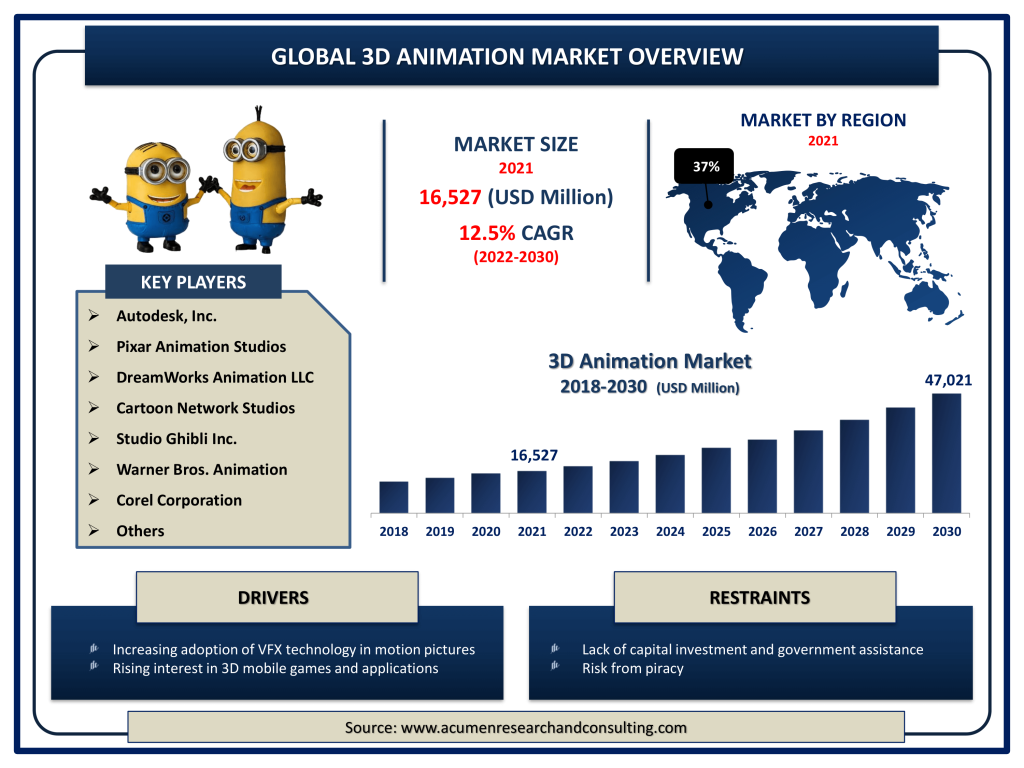
- 2D Animation: In international markets, the demand for 2D animation varies depending on the region and industry. While 2D animation may not be as prevalent in big-budget feature films, there are still opportunities in television animation, advertising, web animation, and independent projects. Animation studios in countries like the United States, Canada, the United Kingdom, and various European countries often require 2D animators for television shows, commercials, and digital media projects.
- 3D Animation: The scope for 3D animation careers abroad is quite significant, with strong demand across various industries. The film industry, video game development, visual effects companies, virtual reality, and architectural visualization firms all require skilled 3D animators. Countries like the United States, Canada, the United Kingdom, Australia, New Zealand, and other major entertainment hubs offer numerous job opportunities for 3D animators.
It’s worth noting that the animation industry is highly competitive and requires continuous skill development and a strong portfolio. Networking, building connections, and staying updated with industry trends and technology advancements are essential for career growth in both India and abroad.
Overall, while the demand and scale of the animation industry may vary between India and abroad, both regions offer promising career opportunities for talented and skilled 2D and 3D animators.
- Here are some cities in India where animation courses are offered:
According to a ranking by Collegedunia, some of the top cities in India offering 2D and 3D animation courses include Mumbai in Maharashtra, Bangalore in Karnataka, and Chennai in Tamil Nadu. Other cities that have reputed animation schools and colleges include Hyderabad, Pune, Delhi, Noida, and Kolkata12.
Here is a list of some cities in India that offer 2D and 3D animation courses:
- Mumbai, Maharashtra
- Bangalore, Karnataka
- Chennai, Tamil Nadu
- Hyderabad, Telangana
- Pune, Maharashtra
- Delhi
- Noida, Uttar Pradesh
- Kolkata, West Bengal
- Lucknow, Uttar Pradesh
- Ahmedabad, Gujarat
Pursuing an animation course in these cities can provide students with access to state-of-the-art facilities, experienced faculty, and job opportunities in the animation and entertainment industry. However, it is important to research and evaluate different animation schools and courses to find the best fit for one’s career goals.
➣ In Punjab, there are several cities that offer animation programs
Here are some cities in Punjab known for their animation programs :
| City | Course Name | Course Duration | Career paths |
| Chitkara Design School, Chandigarh | Under graduate Program Animation Communication Design | 4 year program | Animation film designer Character designer Illustrator Visualizer Video Editor/Cinematographer Multimedia Artist Digital Artist Web Graphic Designer Storyboard Artist Motion Graphic Designer Game UI Designer Project Mapping Artist VFX Artist 3D and 2D Animator |
| City | Course Name |
| MAAC Jalandhar, Ludhiana | 3D Animation, Visual Effects(VFX), Gaming Design, Graphic Design & Multimedia Broad Cast Short Term Courses |
MAAC AMRITSAR provide multiple courses with multifarious career paths
➢” Dive into the World of 2D and 3D with Our Fun Learning Programs
- 3D Animation :
- In 3D animation we provide further 3 courses
| City | Course Name | Duration | Career paths |
| MACC Amritsar | AD3D EDGE Plus (Advance Program in 3D Animation) | 576 HOURS | 3D Modeling Artist Video Editor Fx Artist Texture artist |
| D3D ( 3D Animation in Film Making ) | 432 HOURS | 3D Modeling Artist Character Animation Lighting Artist | |
| DAFM (Animation Film Making ) | 288 HOURS | Design Visualization Artist Animator Motion Graphic Artist |
★Visual Arts & Design :
- Under this we offer IPVAD ( International Program in Virtual Arts and Design )
| Course Name | Course Content | Course Duration | Career Options |
| IPVAD | Art and Aesthetics Print and web Creative Learning | 36 Months | Camera Tracker Compositor Clean-up Artist |
★Visual Effects ( VFX ) :
| Course Name | Course Content | Course Duration | Career Options |
VFX Plus – Program in Visual Effects | Digital Design Layer Based Compositing Stereoscopic pipeline | 576 HOURS | Compositor FX Artist Motion Graphics Artist Paint Artist |
| ADVFX Plus- Advanced Program in VisualEffects | Pre-production Cinematography Digital design | 432 HOURS | FX Artist Compositor Match Moving Artist |
★Broadcast Courses:
| Course Name | Course Content | Course Duration | Career Options |
| Broadcast plus | Basics of Digital Filmmaking Video Editing 3D Design and Modelling | 288 HOURS | 2D Motion Graphics Artist 3D Motion Graphics Artist UI Designer |
★Multimedia Course:
| Course Name | Course Content | Course Duration | Career Options |
| APDMD- Advanced Program in Digital Media & Design | Certificate in Graphic & PrintDesign Fundamentals of Design & Drawing Concepts of Graphic & Illustration Image Editing Graphic Design | 384 HOURS | Communication Designer Digital Storyboard Artist Graphic Designer |
| DPW3D- Program in Print, Web, and 3D Animation | Fundamentals of Drawing Desktop Publishing Digital Design | 432 HOURS | Digital Storyboard Artist Web Designer Communication Designer |
| DGWA- Program in Graphics, Web and 2D Animation | Fundamentals of Design & Drawing Concepts of Graphic & Illustration Image Editing Graphic Design Page Layout | 288 HOURS | Graphic Designer Web/Interactive Designer Illustrator |
| DGA- Program in Graphics & Animation | Digital Design Page Layout Interactive Design | 288 HOURS | 3D Modeling Artist Lighting Artist Texture Artist |
★Game Design Course :
| Course Name | Course Content | Course Duration | Career Options |
| ADIDG- Advanced Program in Interactive Design & Games | Sound Editing Interactive presentations Elements Of Design | 576 HOURS | AR Unity Developer Game Asset Creator Animator 3D VR Developer Editor |
| APGDI – Advanced Program in Game Design & Integration | Digital Design Vector Art for Games Sound Editing | 480 HOURS/ 20 Months | Game Asset Development Artist Game Artist Game Environment Designer |
| PMGDI – Program in Mobile Game Design & Integration | Digital Design Vector Art for Games Sound Editing | 388 HOURS/ 16 Months | 2D Mobile Game Artist 3D Mobile Game Artist (Modeling, Texturing) Game Environment Artist |
| PID – Program in Immersive Design | Digital Design Vector Art for Games Sound Editing | 304 HOURS/ 13 Months | AR Asset Artist AR Designer AR Developer VR Designer VR Developer Technical Artist AR/VR Developer |
★Short Term courses:
MAAC Amritsar provides multiple short-term courses:
- Modelling and texturing,
- LightingVC
- Animation
- Maya Pro
- Max Pro
- Blender Pro
- Digital Photography and so on.
From logo design to animation and illustration, MACC Amritsar courses will equip you with the skills to transform your ideas into reality.
Our creative environment encourages collaboration, hands-on learning experiences and peer-to-peer feedback so that when you graduate you’ll be ready to make your mark on the world.
MAAC Placements
Discovering a well-paying professional job can be challenging, but MAAC Amritsar will demonstrate that building a successful career can be simplified and attainable.
Our Recruiters
MAAC students have been recruited by various renowned companies, showcasing their skills and potential.
| AMAZON | XENTRIX TOONS | Sparrow |
| Vistaprint | PRISMART | Crazy Cub Animations |
| Accenture | Adobe | PRANA |
| Technicolor | ANIMAX | Bajaj |
| Frame Store | Netflix | |
| GLU | Network18 | Pixar |
| Red chillies Entertainment | Prime Focus Technologies | Reliance Entertainment |
| Snapdeal | Tata Motors | Maya Digital Studio |
FAQ
Que : What is animation?
- Animation is the process of creating the illusion of motion and change by rapidly displaying a sequence of static images that minimally differ from each other.
Q: What skills are needed to become an animator ?
- Animators need to have strong artistic skills, including drawing , painting, and design.
- Further skills :
- Creativity and imagination.
- Understanding of animation principles.
- Proficiency in animation software and digital tools.
- Storytelling abilities.
- Collaboration and communication skills.
- Problem-solving skills.
- Continuous learning and staying updated.
Q: What career opportunities are available after completing an animation course?
- Completing an animation course can open up various career opportunities in the animation and entertainment industry.
- Character Animation
- 3d Modeler
- Storyboard Artist
- VFX Artist
- Motion Graphics Designer
- Game Animator
- Multimedia Designer
- Animators can work in a variety of fields, including film, television,advertising ,and marketing.
Que : How long does it take to complete an animation course or program?
- The duration of an animation course or program depends on its level and intensity. Short-term courses or workshops can last anywhere from a few days to a few months.
- Diploma or certificate programs typically span several months to a year. Bachelor’s degree programs usually take three to four years, while master’s programs can range from one to two years.
Q : Is there any best animation institute in Punjab?
- MACC Amritsar is a renowned best animation institute in Punjab known for its quality education and industry-relevant training.
- MACC AMRITSAR offers a variety of animation courses and has a course delivery pattern that allows students to pursue their education or job alongside their career course.
Q : Does MACC Amritsar offer job placement or internship opportunities?
- Well, MACC Amritsar is now certified by IVAC (International VFX & Animation Council) .
- Getting jobs or internships in multinational companies is possible for our students.
Ques : Is it possible to study part time at MACC Amritsar ?
- MACC AMRITSAR has created a course delivery structure that enables you to pursue a career course alongside your college education or job, considering your convenience. Normally, MACC courses entail attending classes for 2 or 4 hours per day,3 days a week.
Ques: What kind of courses are offered by MACC Amritsar ?
- MACC Amritsar offers a wide range of courses including:
- 3D Animation
- Visual art and design
- Gaming Courses
- VFX
- Multimedia and Design
- AR/VR
- Broadcast Courses
- Short Term Courses
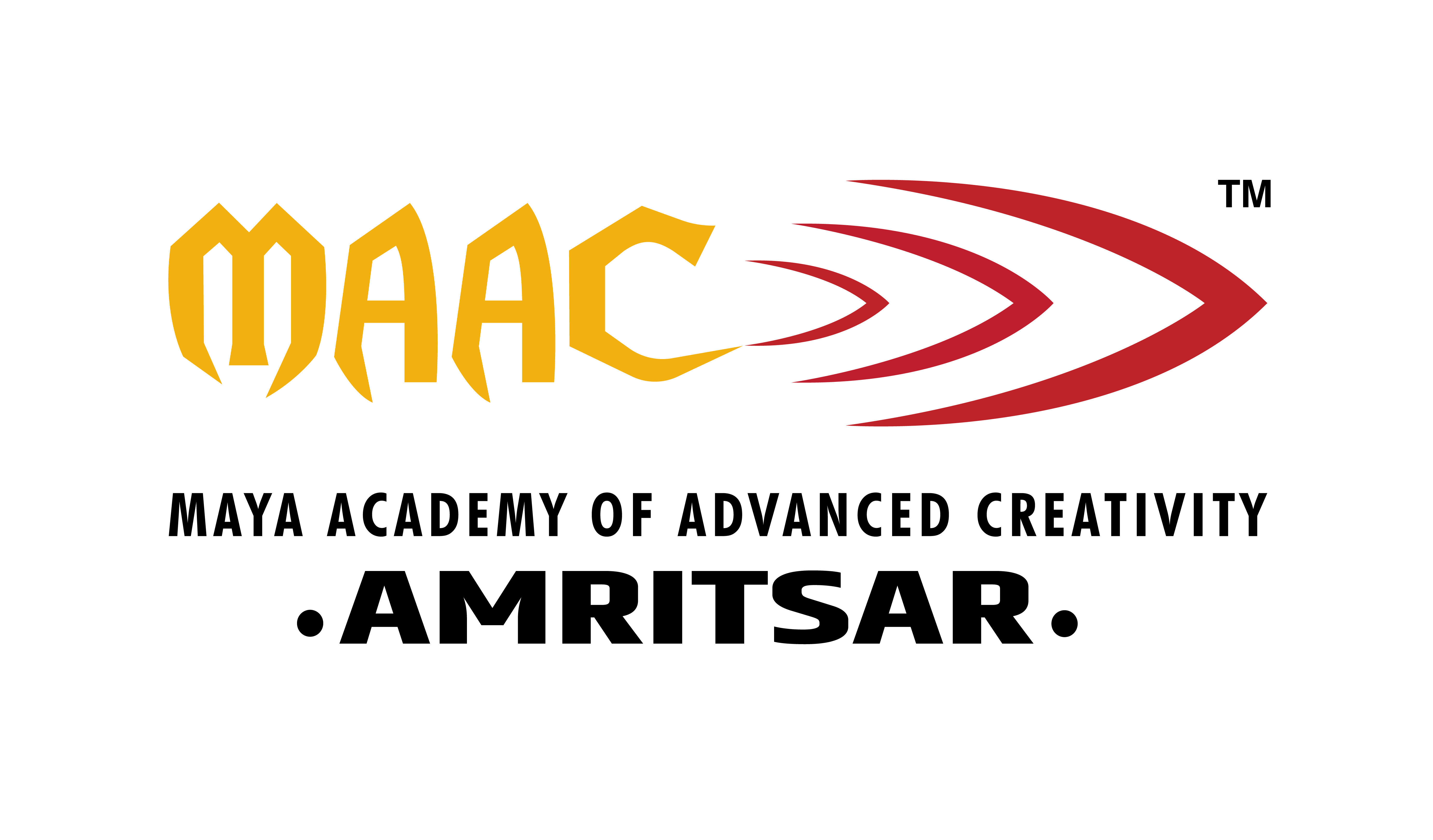
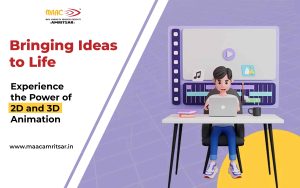
Leave a Reply